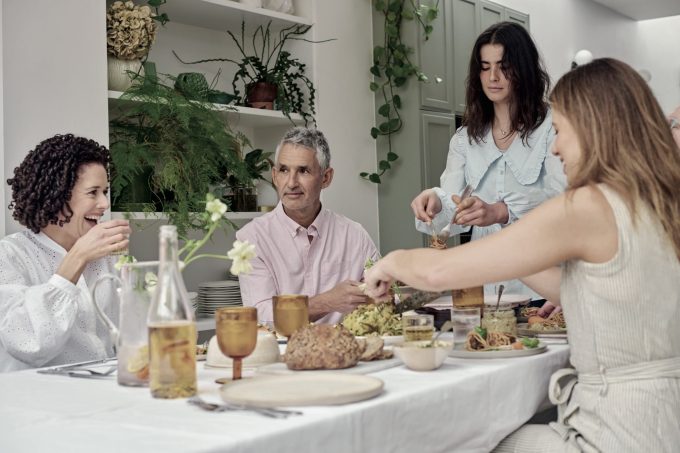
This could be the healthiest bread recipe in the world.
This week I have shared two recipes from Tim Spectors new Book Food for Life. You can find his Artichoke Stew here and the Miso Spinach Eggs here.
Learn to Bake Sourdough In Person
People often ask me about Tim Spector’s bread recipe. Tim and I have known each other for over a decade, and Tim frequently credits his sourdough starter and baking techniques to BALM, and the Sourdough School. We align with our shared commitment to gut health, the microbiome, and truly nutritious bread and the foundation of the BALM Protocol was in working with Tim and his research, and we have worked synergistically for many years, with our efforts to share knowledge on gut health naturally intertwining. If you’re unfamiliar with Tim, he is an MD, a Professor of Epidemiology at King’s College London, and the co-founder of ZOE, the science and nutrition company. He is widely respected for his approach to cutting-edge science and was honoured with an OBE for his impactful work during the Covid-19 pandemic.
Many people are curious about Tim Spector’s sourdough recipe, and last year Zoe, founded by Tim Spector and his amazing team brought our the Zoe Supplement, so I thought as a gift to the people who have supported Zoe, and as a congratulations on The new recipe book Food for Life, I would dedicate this recipe to Tim and the team .
Over the years, Tim has shared how the techniques he learned from me and the bread he makes have resulted in a loaf that doesn’t spike his blood sugar. What I want to emphasise is that I don’t consider this to be a recipe, but more of a technique, as each baker will need to adjust the hydration level to suit the flour they have chosen, and there are many ways to adapt the loaf to better suit a families’ needs. It may take a few goes to get this the way you like it, but it is a superb loaf that improves with age.
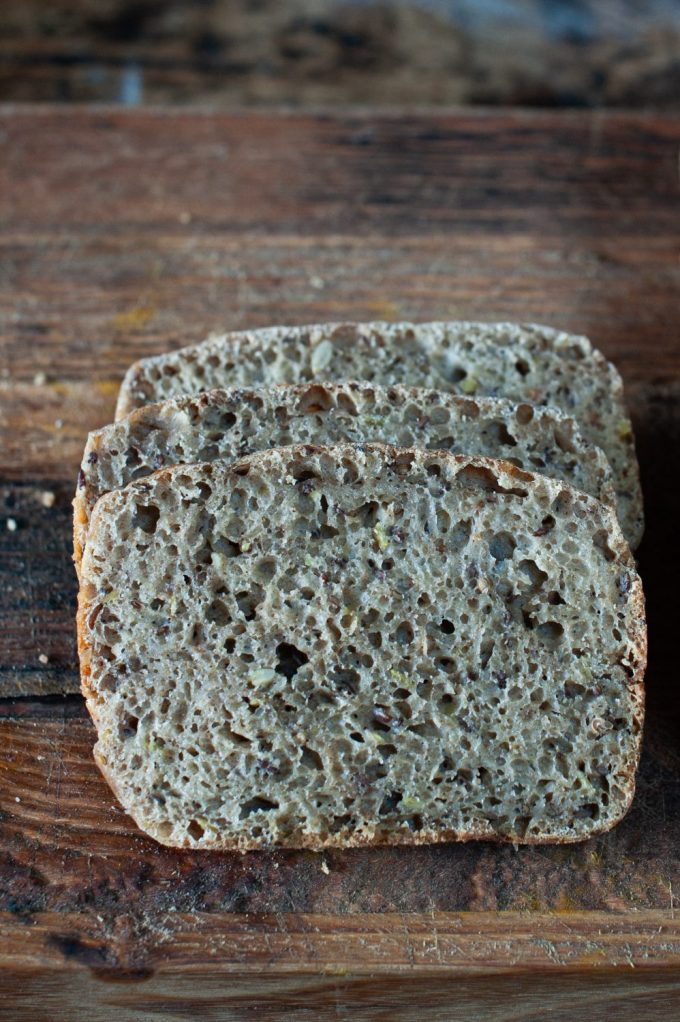
Two slices alone provide 12g of fibre – over 1/3 of your daily requirements.
Sourdough is a natural fermentation technique that Tim uses to bake his bread at home.
I hope that this bread will connect you to Tim and the Zoe team’s amazing work. I have used the ZOE plant supplement to make an amazing nutritional powerhouse as an elegant solution for improving gut health and meeting dietary fibre needs for you and your family, when eaten as your daily bread. This technique is called BALM – Baking as Lifestyle Medicine and it produces a truly nourishing, digestible bread with a remarkable ability to support health because two slices alone provides 12g of the fibre you need in a day. Achieving this level of fibre in your diet is shown to support gut health, blood sugar stability, and heart health.
It’s not just one thing that changes the bread to nourish the microbiome and help manage blood sugar balance—it’s a series of things that includes higher levels of fibre, diversity and fermentation and the way you eat your bread, all of which can be found in the framework defining healthy bread known as Baking as Lifestyle Medicine.
You will need a lively active sourdough starter for this recipe. You can make your own starter, or I’ve included some rye in this loaf because Tim finds that rye flour doesn’t spike his blood sugar levels. I’ve also included the ZOE Diversity 30+ Blend along with my Botanical Blend flour. This makes a loaf with a whopping score of 45, and we call this bread Diversity Bread.
Buy your bread making kit here.
Advice for First-Time Bakers: Watch Your Oven: Long slow fermented bread bread can easily burn. Adjust the temperature slightly if your oven runs hot. Expect Variation: The performance of wholegrain spelt flour to vary dramatically between brands. Artisan flours, in particular, may absorb water differently or ferment faster. The first time you bake this recipe, you may need to experiment to find the best hydration level and baking time for your flour and oven. Trial and Error: Be patient bread baking is an art as much as a science. Over time, you’ll learn how your flour and oven behave, ensuring consistent results. This method ensures a rich, complex flavour with a dense but moist crumb—well worth the wait!The ZOE 30+ contains flaxseed, red lentil flakes, grape seed, chia seeds, sunflower seeds, chicory root inulin, pumpkin seeds, puffed quinoa, almonds, hazelnuts, walnuts, red beetroot flakes, carrot flakes, nutritional yeast flakes, hemp seeds, white mushroom, thyme, onion, parsley, turmeric, cumin, chaga, lion’s mane, shiitake, maitake, tremella, reishi, cordyceps, garlic, rosemary, baobab fruit pulp, and buckthorn.
Tim Spector Bread Recipe
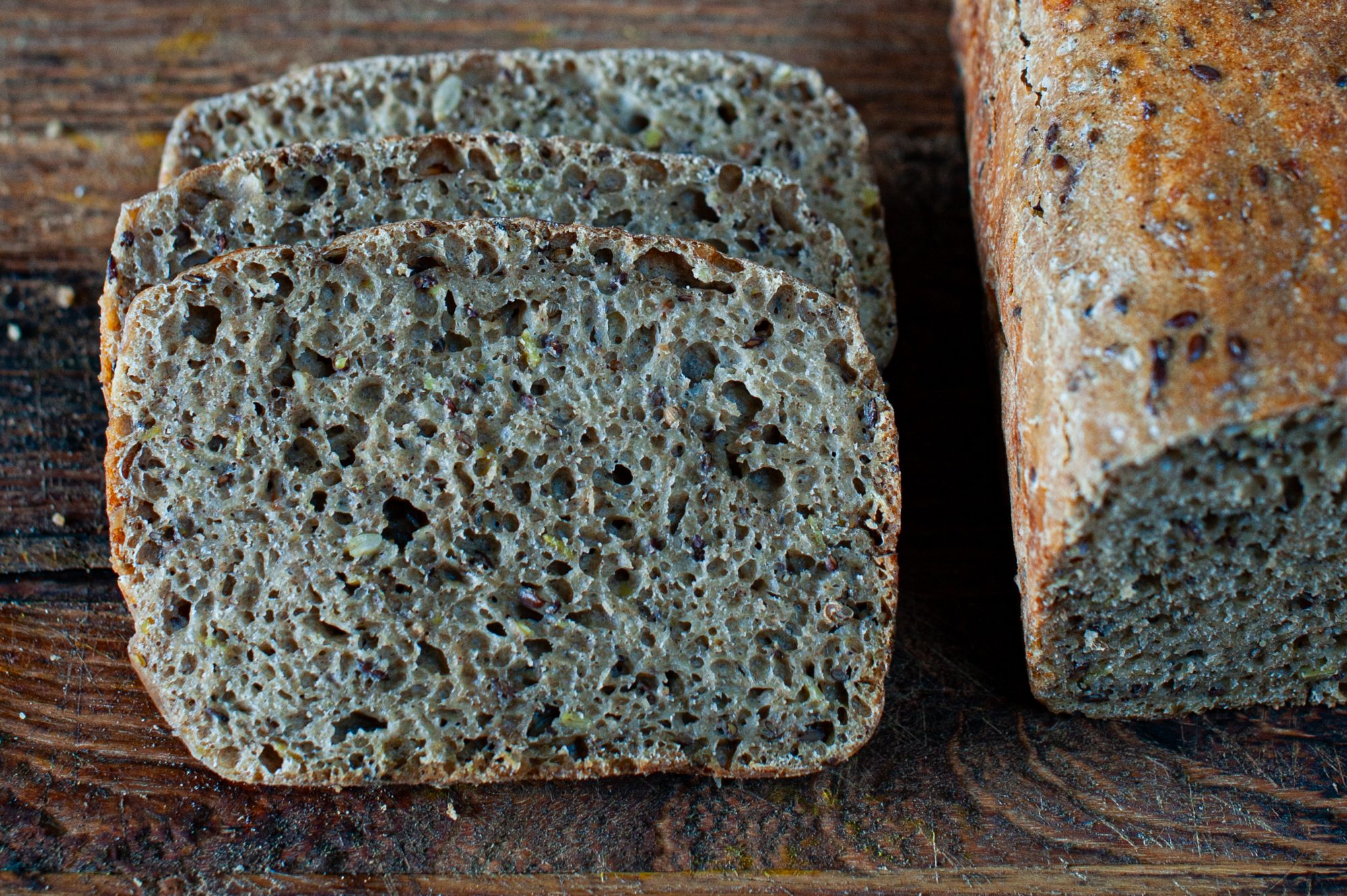
This makes a loaf with a whopping score of 45, and we call this bread Diversity Bread.
Please note that this recipe makes 2 loaves. I find this the most economical way to make this kind of bread and you can slice and freeze one. I wrap mine in a clean tea towel and then place in a plastic bag to prevent freezer burn. That way I can simply toast a frozen slice straight from frozen, as I need to which is very convenient.
Ingredients:
- 112.5g Zoe Daily 30+ wholefood supplement (soaked for 8 hours in 115g water)
- 750g water 30C for the dough + another 100g for the bassianage
- 100g Lively bubbly starter
- 800g wholegrain Spelt flour
- 50g Rye flour
- 50g of XXX booster Botanical Blend Flour
- 20g fine sea salt
Inclusions:
- 100g Diversity seed blend – optional
Equipment Needed:
- A large mixing bowl
- Dough scraper for handling dough
- A Strong Baking Spatula
- A kitchen scale for precise measurements
- A thermometer to check dough or water temperature
- A tea towel or clingfilm to cover the dough during proofing
- Loaf tin 2 x large 3lb (+ 4 sheets of greaseproof paper to line)
Directions:
Soak the Seeds:
Day 1 8am – In a large mixing bowl mix the Zoe Pack with the 125g of water 8 – 10 hours or so before you are ready to mix the dough. Cover and leave on the side in your kitchen.
8am Refresh your sourdough starter – you will need to account for 100g being used in the recipe.
Mix the Dough:
8pm 8pm Add the 750g of water and starter to the soaked ZOE mix, stir, and then add the spelt, rye flour, and fine sea salt. Stir to create a sticky, cohesive dough. Personally, I do not use my hands to mix this formula because it is a sticky dough that needs time to form, so I use a strong spatula that was specifically designed for me to make this easier to mix. Your DDT (desired dough temperature) should be about 28C – this ensures that the wild yeast is as active as possible.
Shape:
The dough will be sticky. Leave it for about 30 minutes. At this point, you can adjust the hydration. Do so slowly, adding 10—20 grams of water at a time and waiting 2 minutes each time until all the 100g has been incorporated this is a process known as bassinage. Some flours require more water than others so if you feel you need another 20g then add a little more. This dough should be well mixed. Divide evenly into 2 large tins lined with generously buttered grease-proof paper. If you like a seeded finish then sprinkle seeds across the buttered paper before adding the dough. .
Prove:
Leave the dough to rise at room temperature (22–24°C) overnight. By the morning, it will have doubled in size.
Bake:
Preheat your oven to 220°C with a baking stone or cloche inside it. Place the bread into a Dutch oven or cloche, reduce the heat to 200°C, and bake for 50–60 minutes. Turn off the oven and leave the bread inside to cool for 10 minutes. Turn out onto a wire rack and leave to cool.
Storage and Flavour Development:
Store in a linen or cotton bread bag, or wrapped in a clean tea towel.
Serving Suggestions:
This bread makes great sandwiches and toast.
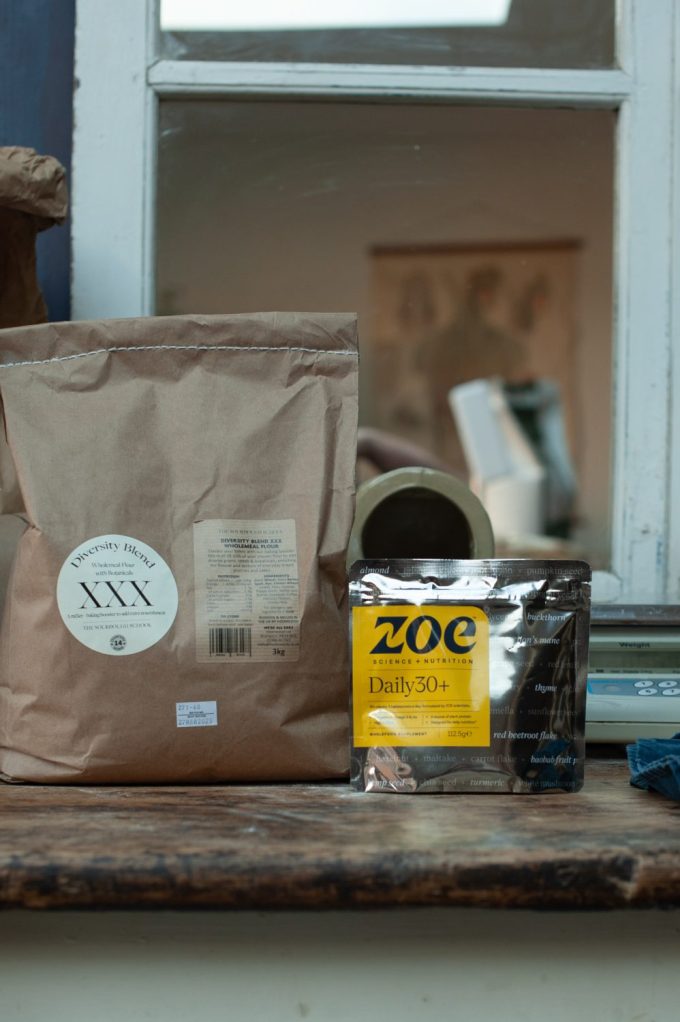
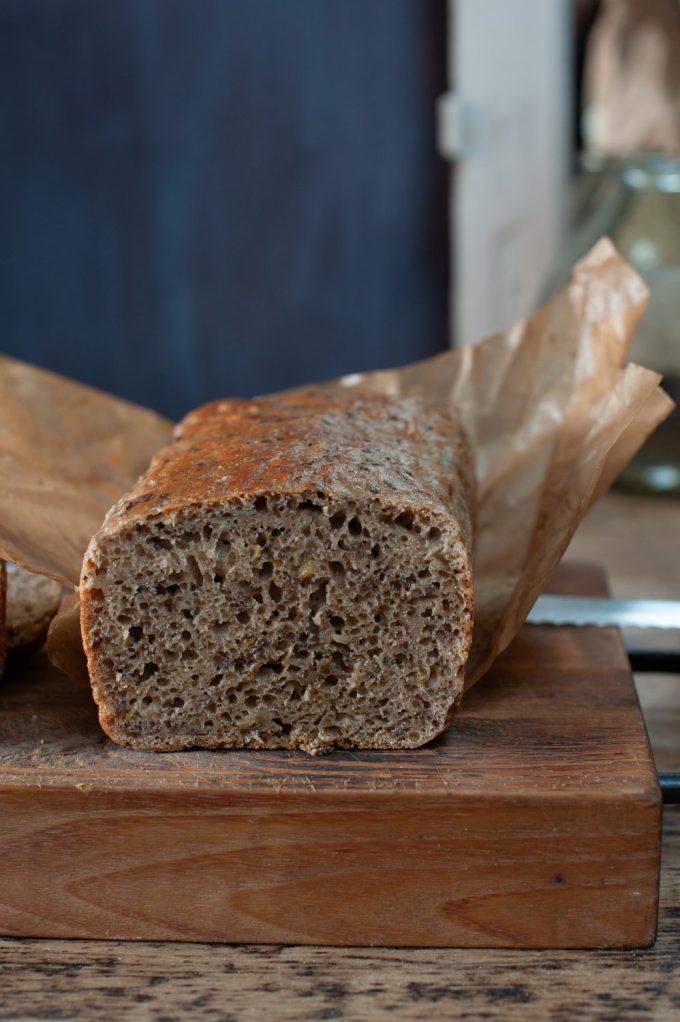
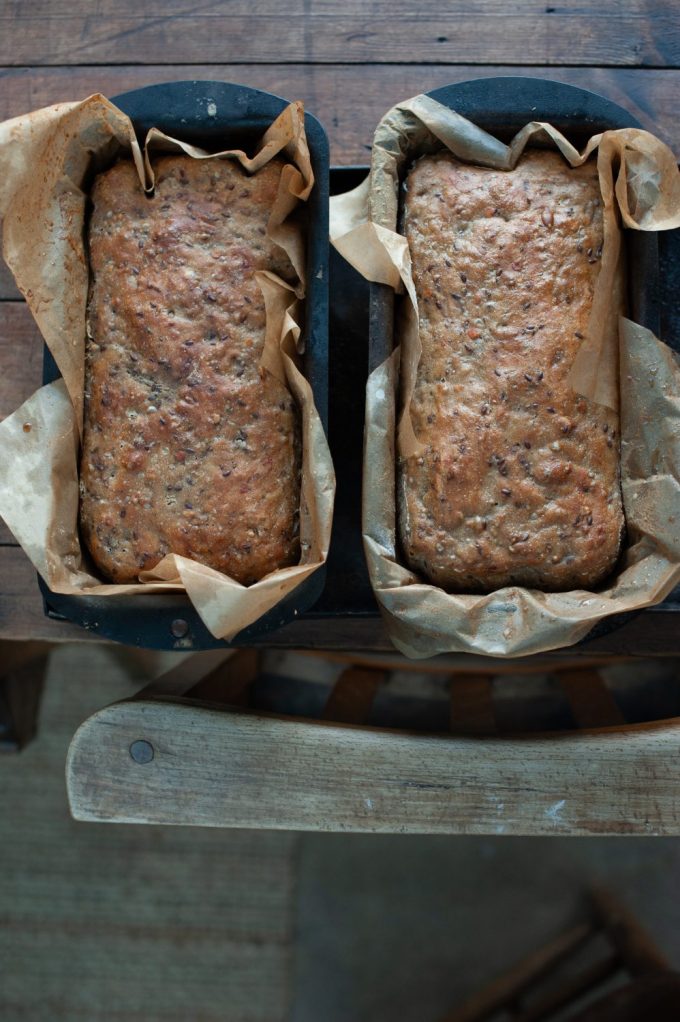
The cost of making Diversity Bread
One of the reasons that you cannot buy this kind of optimally nourishing diverse, high-fibre bread because the cost of making it is simply too high. The cost of the Zoe Daily 30+ supplement per slice (100g) of the ingredients for this bread is approximately £15. You get approximately 11 slices per loaf and it makes 2 loaves. This works out a roughly 68 pence per slice. This loaf, whilst expensive is delicious and loved by my children and it addresses the very real challenge faced by many of a ” diversity deficit and fibre malnourishment” for breakfast in our house. I appreciate that this is not an inexpensive bread to make, but I have written more here about similar less expensive options to increase diversity.
Who knows, with time, we may see this bread commercially available one day. But for now, please try this recipe and keep cheering on Tim and ZOE’s ground-breaking work.
Learn to bake this sourdough on our online course
Featured Products
Serving Size and RDA of Fibre:
Total Loaf Weight:
- Total loaf weight: 1100 g once baked
- Slices per loaf (100g each): ~11 slices.
Nutrition Per Slice (100g):
Each slice (100g) will contain approximately:
| Nutrient | Per Slice (100g) |
|---|---|
| Energy | ~189kcal |
| Fat | ~5.3g |
| Saturates | ~0.7g |
| Carbohydrate | ~13.4g |
| Sugars | ~5.7g |
| Fibre | ~5.9g |
| Protein | ~4.1g |
| Salt | ~0.01g |
| Copper | ~0.075mg |
| Omega 3 | ~0.1g |
So what does Tim Spector and the Zoe Team think to this recipe?
We’ve had an extraordinary response the recipes from our own students and from people texting on photos and sharing their bakes. Tim called the recipes “Superb,’ but our favourite compliment is from Zoe – who called this recipe a “Masterpiece.’ Let us know if you have enjoyed this recipe, I love to hear how you have been getting on and if it has made any difference to your health and approach to baking healthy bread.
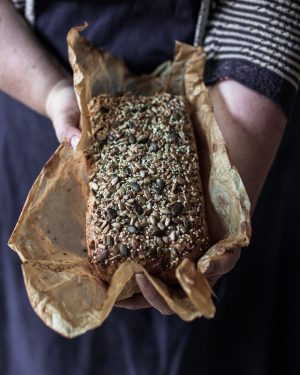
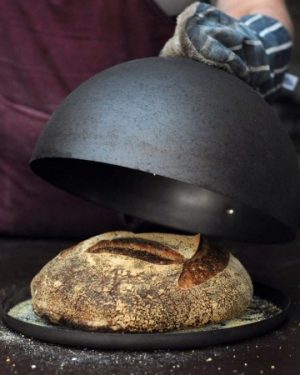
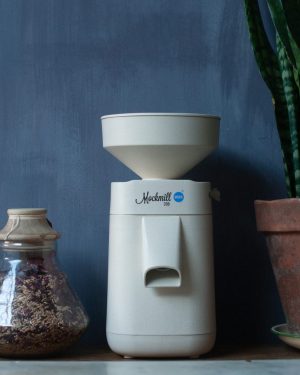
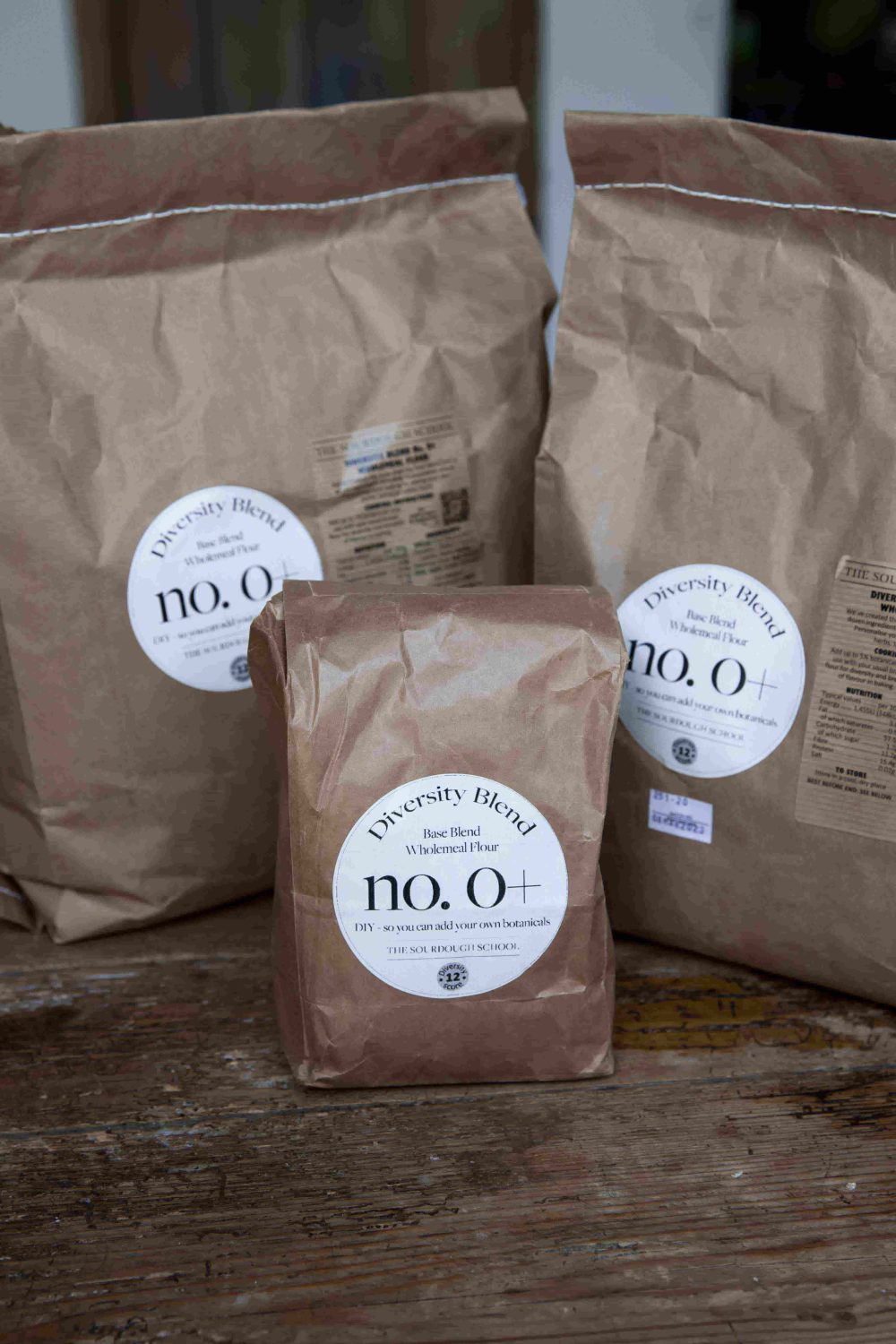
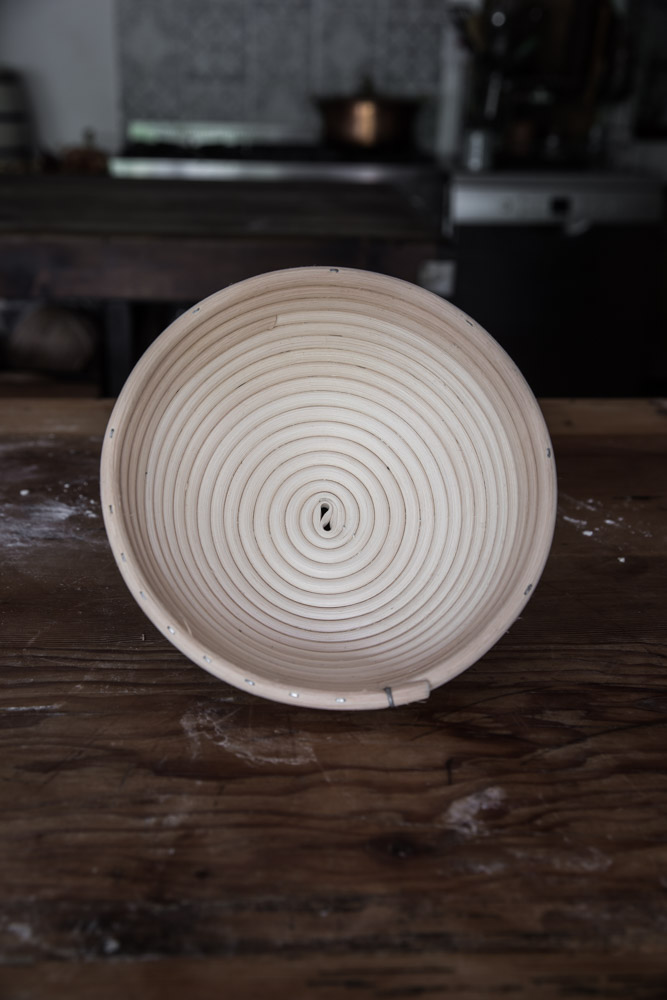

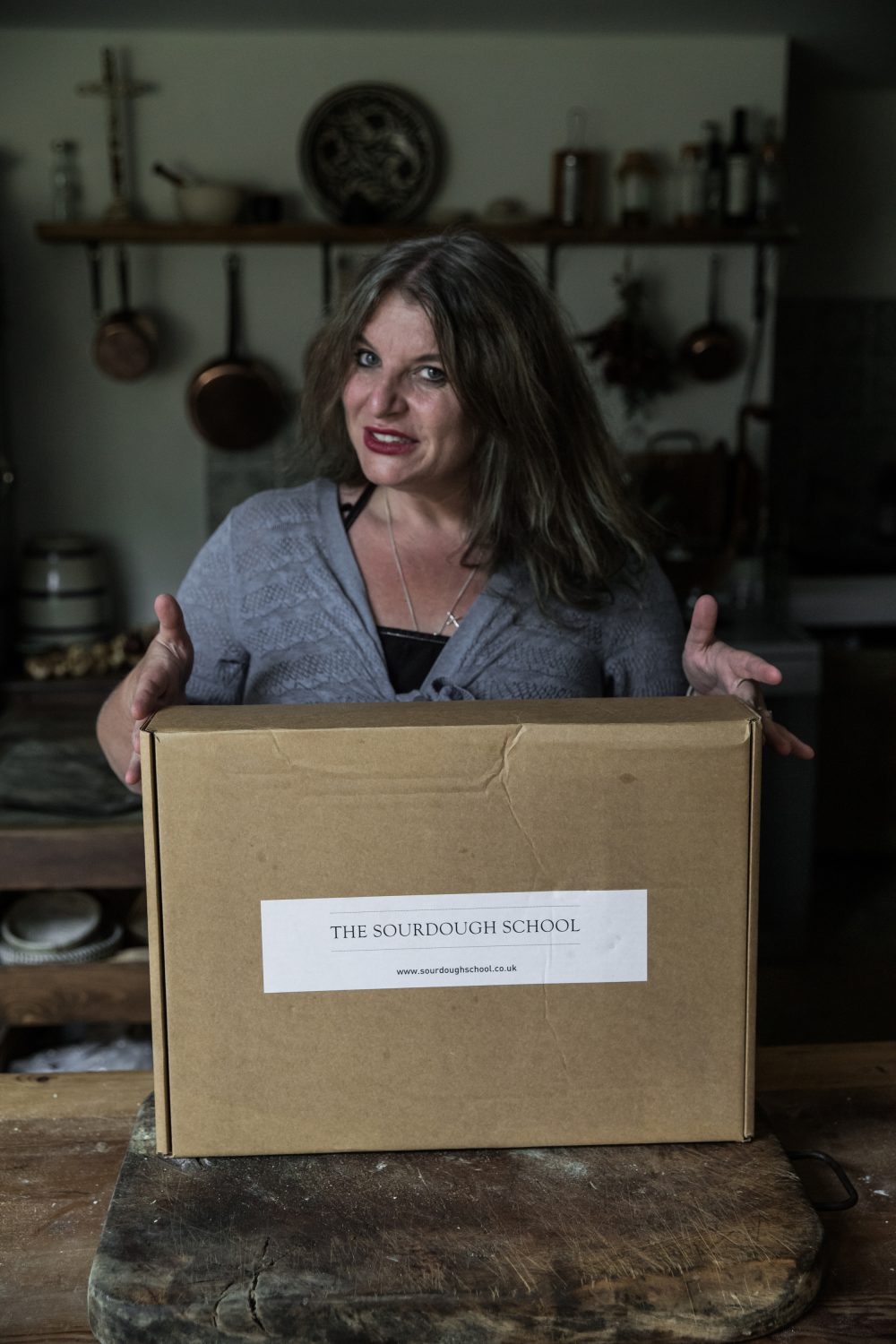
 Learn some Affordable Healthy Bread-Making Tips
Learn some Affordable Healthy Bread-Making Tips
Leave a Reply